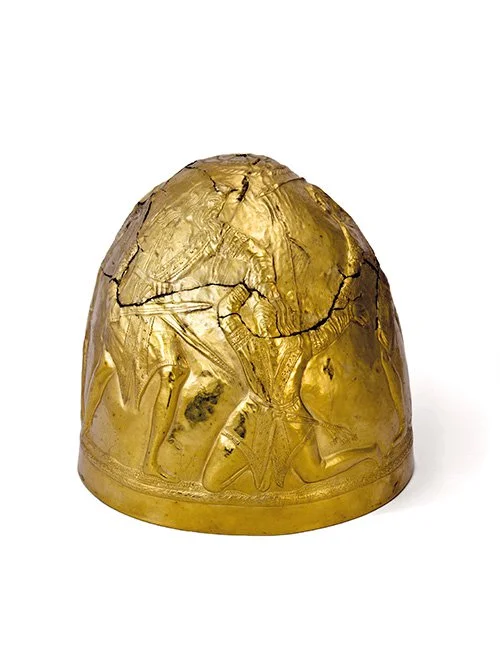Pratiksha Shome
300 artefacts were given by four Crimean museums to the Allard Pierson Museum in Amsterdam in 2013 for the exhibition “Crimea — Gold and Secrets of the Black Sea.” In 2014, as the exhibition was on tour in Germany, Russia invaded Crimea and eventually annexed it from Ukraine. The Dutch museum debated whether to send the Crimean artworks back to Ukraine or to museums in Crimea, which is currently governed by Russia, and ultimately decided to store the pieces.
Courts debated who should be awarded the works over the next almost ten years. The artefacts will be returned to Ukraine, according to the Supreme Court of the Netherlands’ ruling from last week, which may be the final word.
300 artefacts were given by four Crimean museums to the Allard Pierson Museum in Amsterdam in 2013 for the exhibition “Crimea — Gold and Secrets of the Black Sea.” In 2014, as the exhibition was on tour in Germany, Russia invaded Crimea and eventually annexed it from Ukraine. The Dutch museum debated whether to send the Crimean artworks back to Ukraine or to museums in Crimea, which is currently governed by Russia, and ultimately decided to store the pieces.
Courts debated who should be awarded the works over the next almost ten years. The artefacts will be returned to Ukraine, according to the Supreme Court of the Netherlands’ ruling from last week, which may be the final word.
Director of a Museum Pledges $10 Million to Rebuild Ukraine’s Destroyed Cultural Sector
According to a statement from the court, “[the decision] represents a fair balance between the violation of the Crimean Museums’ legal rights and the interest of the State of Ukraine in protecting its cultural heritage.”
The ruling upholds an earlier decision from a Dutch appeals court from 2016, which the Crimean museums—the Tavrida Central Museum, the Kerch Historical and Cultural Preserve, the Bakhchisaray History and Cultural State Preserve of the Republic of Crimea, and the National Preserve Tauric Chersonesos—asked the Dutch Supreme Court to reverse.
The Supreme Court changed which act to apply but did not reverse the decision. The Ukrainian Museums Act, which provides a clause for “force majeure” circumstances, was utilised by the Supreme Court in place of the Heritage Act, which the appeals court had used.
The ruling states that the Minister of Culture of Ukraine is authorised to make a decision about the transfer for safekeeping “in case of a force majeure situation, danger of destruction, loss, or damage of museum pieces.” Because these museums are operated by a non-Ukrainian organisation, the court and Ukraine now worry that some of their cultural legacy may be lost.
The ruling states that another goal of the Ukrainian Museums Act is to keep artefacts that are a part of the Ukrainian Museum Fund’s public collection from being “alienated.” “Thus, even though the museum exhibits continue to exist and are undamaged, the fact that they leave the State of Ukraine’s sphere of influence must also be regarded as a loss within the meaning of the Regulation.”
The National Preserve Tauric Chersonesos, which the state of Ukraine built, and the other three museums are both covered by the argument, according to the courts, because all of the artwork in those institutions belonged to the Ukrainian Museum Fund. The annexation of Crimea is not recognised by the Netherlands or any other EU member state.
The statement from the museum, which, according to the Associated Press, spent $538,000 on legal fees and storage for the artefacts, states, “The Allard Pierson can now act in accordance with the Supreme Court’s ruling.”
Source: ARTnews





